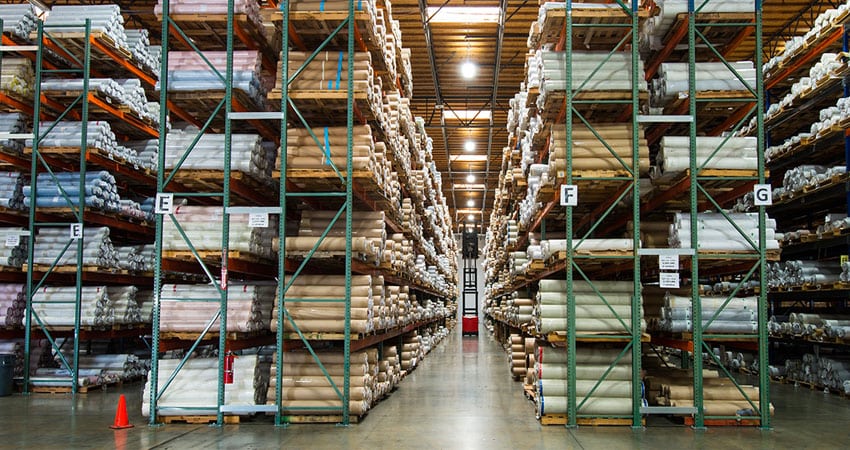Entrusting your customer service and fulfillment to a third-party logistics (3PL) company is a big step. Like using other outside services, it’s important to manage the process and to reduce errors and exceptions in order to provide high-level service at an affordable cost.
Productivity and quality are usually measured in pieces per hours, cartons shipped, etc. When executed well, the following 8 steps will make your 3PL partnership that much more cost effective and stronger as a strategic function.
What is the Spirit of the Partnership?
Your contract will establish the company’s requirements, costs and service levels. While the contract is important, the spirit of being a real partner is equally important.
The word “partner” is way over used in supplier-client relationships. Being real partners challenges both sides to go much deeper. It gives them the opportunity to discuss plans, growth strategies and future requirements, establishing a truly a synergistic relationship. A true partnership will allow you to take advantage of technology, programming and promotional approaches developed for other clients.
Some companies, however, don’t want or need a full-blown 3PL partnership, seeing it as a purely transactional, service-based relationship.
Clearly Communicate Merchandise Assortment Changes
One of the advantages of a 3PL is being freed up to concentrate on marketing and merchandising, leaving the heavy lifting of logistics execution to them. This can be a tremendous boon to creativity and productivity, firing up sales and response rates.
Sometimes major merchandise changes require tweaks to fulfillment. Are the new products conveyable? Are there more ship alones or high dollar products requiring security? We recommend passing these changes by the 3PL partner first to make sure they can handle whatever you give them. These changes also affect contact center service training requirements.
Communicate Your Promotional Plans
Many ecommerce and catalog businesses have become highly promotional. Weekly and seasonal peaks often occur in the same timeframes. Communicate your promotional calendar and order forecasts 90 days out, with the first 30 days being totally locked down. Many companies are not good at sales and order forecasting, leaving the 3PL partner alternately scrambling to find labor or having workers standing around.
Liquidate Overstocks
If you don’t keep inventories lean, you may pay dearly for parking slow-selling product at the 3PL. We believe you are better off financially to mark down merchandise when it becomes obvious it’s not selling, earning more margin and recovering costs.
Conduct Monthly Phone Reviews
There are a couple aspects to this. Even though your internal liaison talks to the 3PL multiple times per day about daily order processing, how often does senior management sit in on those calls? How well do they feel daily services are being performed? How do they communicate plans and strategies? It occasionally surprises us when a client and their 3PL are not on the same page on performance until things come to a head. I think it’s a missed opportunity in many client/3PL relationships.
The second objective is to have a monthly scorecard that communicates how SLAs are being met as well as opportunities on both sides. A short 30-45-minute meeting each month can strengthen your company’s logistics.
Visit the 3PL Regularly
Our experience is that companies making regular site visits to the 3PL’s facilities have a better working relationship and stronger service. For instance, this fosters relationships with contact center agents, providing a forum to answer product questions and hear what customers are saying. In the FC you can see firsthand problems with product quality, or damages from inbound or outbound shipping. Being on site grows the relationship with owners and managers too.
Document Company Procedures and Policies
Specify your customer service policies in writing, as well as how you want calls handled. Other areas to cover include merchandise presentation of outbound customer orders, vendor compliance, quality assurance and inspection criteria, and returns policies, to name a few.
Monitor Customer Calls on a Regular Basis
If your 3PL handles your contact center, take time on a regular basis to listen to a representative sample of calls. It’s a good practice for marketing and merchandising to hear what customers are saying about your products and services.
Implementing these 8 practices is a great way for your company to gain the most productivity and quality, both short and long term.
Curt Barry is Chairman of F. Curtis Barry & Company

